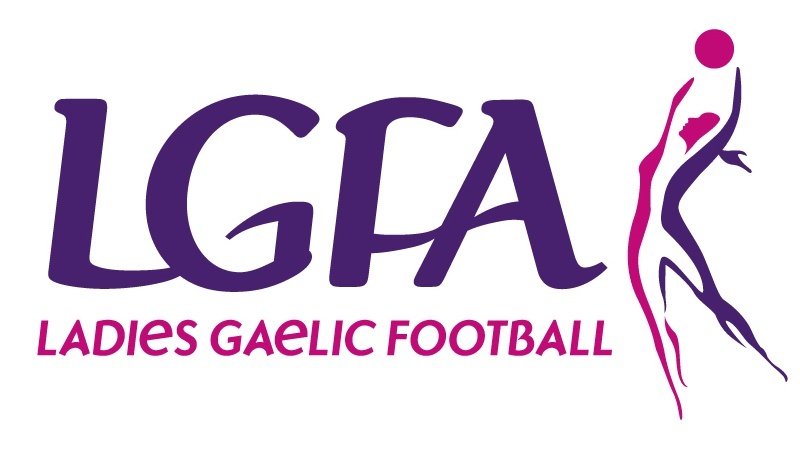
Most of our days are spent surrounded by advertisements. Whether they are on television, radio, the internet, magazines or even just the posters surrounding us; they are always there. It seems like a natural part of our lives but perhaps if we paid more attention to the advertisements that are inherent in society maybe we would realise what message they’re truly portraying.
There has been a lot of controversy surrounding the new Budweiser advertisement. It features MMA fighter Conor McGregor who tells people to reach for their dreams. It’s an inspiring advertisement really, but many people have questioned about how relevant that is to drinking Budweiser.
A lot of people have condemned the company for using a role model for young people to promote an alcoholic beverage. But would something that a lot of us don’t actively pay attention to, even have an impact on us?
RTÉ have actually banned the advertisement as they fear that it is in breach the advertising Standards Association of Ireland (ASAI) codes and will promote underage drinking. Despite the fact that McGregor doesn’t drink in the ad, he is classified as a ‘hero of the young’ and so this will pique interest in the youth.
An advertisement that was run by Harvey Norman and was aimed at Leaving Certificate students is no longer allowed to appear on radio in its current form. The ASAI committee decided that the reference to ‘sore heads’ implies overindulgence in alcoholic beverages to celebrate the results of their exams.
It was considered socially irresponsible by the committee since the majority of Leaving Certificate students would be under the age of 18 and so they did not want to encourage underage drinking. This brings to light whether or not there are a lot of advertisements that are withheld from use for the protection of young people and for the protection of adults as consumers. There were 13 cases of socially irresponsible ads from the 1st of March, when the new ASAI code was introduced, to the 22nd of March.
This leads us to ask what exactly makes ads unsuitable for public consumption and why do we need an advertising watchdog to monitor the PR that hits our screens and airwaves?
The ASAI state: “The primary objective of the Code is to regulate commercial marketing communications in the interest of consumers ensuring, so far as possible, that all marketing communications are prepared with a sense of responsibility both to the consumer and to society”
First of all, new research from the UK shows that our brain doesn’t fully mature during puberty and it actually continues to develop into your 30s and sometimes even into your 40s. So even though you are legally classified as an adult once you’re 18, you are actually still mentally growing and maturing.
This leaves us open and exposed to misleading or socially irresponsible advertisements that are directed to sway or encourage us into purchasing something or believing a certain ideology.
It has been proven that advertisers place their products next to bright colours or things that evoke happiness and so subconsciously you are won over by their advertisement without even realising that you’re paying attention to it.
Art Markman, a cognitive scientist at the University of Texas, said this allows advertisers to access our ‘mental world’ without us actually realising it. They are paid to effectively tell us what is good and what is not.
In cases concerning children especially, they are more vulnerable to the allure of advertised products. It has been shown that advertisements can influence a child’s choice in food products. If all a child sees is chocolate on the television, then they are inclined to want to eat chocolate.
Research conducted by the Children’s Database back in 2002, shows a strong correlation between ads and a thing called ‘pester power’. ‘Pester power’ is when children see a product in advertising and then continue to cajole their parents until they relent and buy the child the product.
This ‘pester power’ has resulted in an increase in materialism not only among the youth, but carries through to adulthood too.
The purpose of controlling the output of advertisements is to protect everybody. Whether we are children, or young or mature adults, advertising impacts us more than we even realise. Next time you have an inane desire to purchase a product you should consider where this desire developed from.
Shauna Bowers
Image Credit: iStockPhoto.com




Leave a Reply